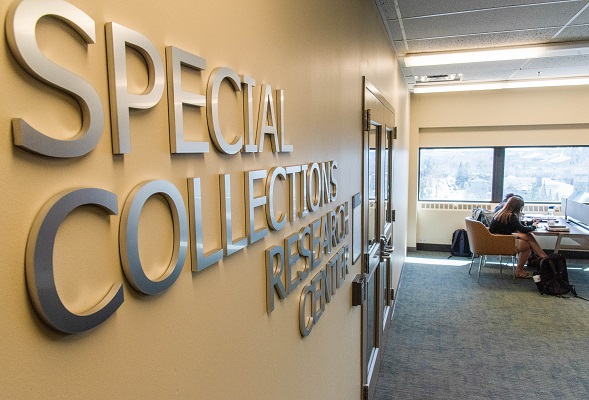Librarian and information scientist, pioneered library automation at Library of Congress,also worked at General Electric and National Library of Medicine and taught at Indiana University Library School. Papers include collection includes his correspondence, reports, meeting agendas and minutes, system proposals, teaching materials, professional writings, calendars, and collected publications.
The Cloyd Dake Gull Papers are an important resource for examining the development of the field of information science. The collection includes his correspondence, reports, meeting agendas and minutes, system proposals, teaching materials, professional writings, calendars, and collected publications. The materials cover virtually all aspects of his career.
Although the collection contains a few papers from his own career as a student in the 1930s, there is little else that dates before Gull joined the staff of the Library of Congress in 1945. His Library of Congress materials, while not complete, do document a number of specific projects and show his early interest in applying punched cards and other new techniques to library work.
The collection contains a limited amount of material on his work at Documentation, Inc. from 1952 to 1954 helping to develop early information retrieval systems, especially the uniterm system of coordinate indexing. Only a small amount of material concerns his service with the National Research Council, although other papers from this era and up to the mid-1960s concern the workshops on information science which he taught at the University of Michigan and elsewhere.
The papers are more extensive for the years 1958 to 1963, when he was an information systems analyst for General Electric. Much is included on the operation of the GE Information Systems Operation as well as specific automation proposals they made for such customers as the University of Illinois - Chicago, the Library of Congress, and the National Library of Medicine. Included in the latter file is information on the development of MEDLARS.
Gull's papers on the American Documentation Institute concern his year as President, plus subsequent work by the Council and Executive Director. They also show his involvement in most annual meetings, 1959-1967. His materials on the International Federation for Documentation primarily cover 1960 to 1967 and concern the work of the U.S. National Committee, plus specific working committees on mechanized storage and retrieval, operational machine techniques and systems, and the universal decimal classification.
Materials concerning Gull's position as Professor at the Indiana University Library School include information on the courses which he taught, the overall program of the Library School, and his activities on various faculty committees, including the one which established a Ph.D. program. Some documents from this period also concern a number of outside consulting projects.
A significant amount of material concerns the work of the consulting firm Cloyd Dake Gull and Associates between 1969 and 1983, especially the automation studies and proposals which the company produced for various clients in the fields of information science and library science.
